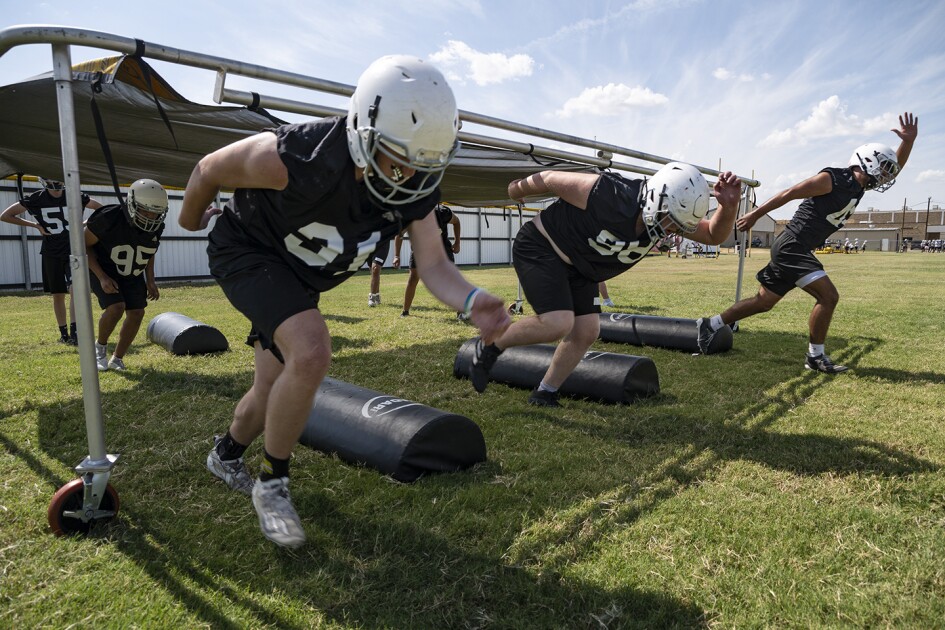A few years ago, in an EdTechTeacher workshop, a teacher made a comment that stuck with me: “I want my students to be able to sit with a problem.”
This middle school science teacher found herself frustrated with her students’ frantic rush to just get the answer - assuming that only one existed. Instead, she wanted her students to develop the skills that would allow them to deeply examine a problem, to form new questions, and then to seek out novel solutions. In other words, she wanted her students to engage in critical thinking.
The challenge with teaching critical thinking is that it is really hard to define. Some view it as a component of inquiry. Others associate it primarily with the scientific method. The Oxford Dictionary defines critical thinking as “thinking critically,” but does not describe exactly what that may entail.
Professor Michael Fullan, advisor to the Ministry of Education in Ontario and Deeper Learning advocate, also associates critical thinking with problem solving and asserts that students should learn to use a variety of digital technologies to design, manage, and solve problems as well as make effective decisions (Fullan, 2013). However, I have recently found myself pondering the original question from that middle school teacher. I wanted to gain a better understanding of what skills ultimately led to that ability to engage in problem solving and decision making. Ironically, I found myself critically thinking about critical thinking and decided to do some research.
William Graham Sumner, a professor of sociology from Yale University, was one of the first scholars to examine the construct of critical thinking. In 1906, he sparked controversy within the field of sociology as he examined the idea of critical thinking through the framework of Darwin’s theory of evolution. Sumner advocated that critical thinking requires cultivation within an environment that would nurture its development. As students evolve in their thinking, they develop the habits of constantly weighing evidence, resisting bias, and viewing the world as something “open to unlimited verification and revision” (Sumner, 1906, p. 632).
At the 8th Annual International Conference on Critical Thinking and Education Reform, scholars Michael Scriven and Richard Paul (1987) expanded on this work and defined critical thinking as the “process of actively and skillfully conceptualizing, applying, analyzing, synthesizing, and/or evaluating information gathered from, or generated by, observation, experience, reflection, reasoning, or communication, as a guide to belief and action.” Based on this statement, critical thinking transcends content and context to play a role in reasoning, decision making, and problem solving. As such, critical thinking requires more than just the acquisition of information or the demonstration of problem solving or decision making skills. When students engage in critical thinking, they mitigate bias and preconceptions by thinking rationally, reasonably, and empathetically. By doing so, they acknowledge complexity and endeavor to examine it through logical analysis and deep inquiry (Scriven & Paul, 1987).
In 2016, the World Economic Forum published The Future of Jobs report. It projected that by 2020, the top skills valued by employers would be complex problem solving and critical thinking. More recently, the Worldwide Educating for the Future Index published by the Economist Intelligence Unit argued that the education systems of the future need to help students “master a suite of adaptable interpersonal, problem-solving and critical thinking skills” (Walton, 2017, p. 4). Beyond preparing students for the workforce, the Worldwide Educating for the Futures Index intimates that students need critical thinking skills to be informed members of an increasingly complex, diverse, and global society.
As Sumner stated in 1940,
"[Students] educated in [critical thinking] cannot be stampeded by stump orators and are never deceived by dithyrambic oratory. They are slow to believe. They can hold things as possible or probable in all degrees, without certainty and without pain. They can wait for evidence and weigh evidence, uninfluenced by the emphasis or confidence with which assertions are made on one side or the other. They can resist appeals to their dearest prejudices and all kinds of cajolery. Education in the critical faculty is the only education of which it can be truly said that it makes good citizens (pp. 633-634).”
Through this historical exploration of the concept of critical thinking, I confirmed one tenet that I already knew: critical thinking has been an objective of education since long before the start of the 21st century. However, it also continues to be an increasingly important skill not only to prepare students for the future of work but also for the future of society.
References
Fullan, M. (2013). Great to excellent: Launching the next stage of Ontario’s education agenda. Retrieved from //www.michaelfullan.ca/wp-content/uploads/2013/09/13_Fullan_Great-to-Excellent.pdf
Scriven, M., & Paul, R. (1987). A statement presented at the 8th Annual International Conference on Critical Thinking and Education Reform, Summer 1987. Retrieved June 11, 2018 from //www.criticalthinking.org/pages/defining-critical-thinking/766.
Sumner, W. G. (1906). Folkways - A Study of the Sociological Importance of Usages, Manners, Customs, Mores and Morals. [html version]. Retrieved from http://www.gutenberg.org/files/24253/24253-h/24253-h.htm
Walton, N. (2017). Worldwide educating for the future index. (M. Gold, Ed.) Retrieved from The Economist Intelligence Unit: http://dkf1ato8y5dsg.cloudfront.net/uploads/5/80/eiu-yidan-prize-educating-for-the-future-wp-final.pdf



